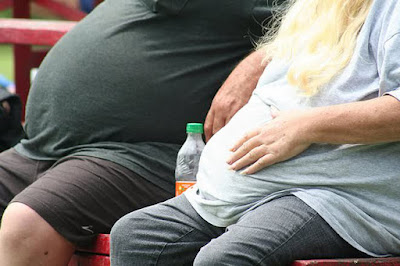Weight loss occurs when the calories consumed are
less than the energy the body needs for physiological maintenance and
activity. This may sound overly
simplified and certainly the $50 billion-a-year weight loss industry would like
us to think it is much more complicated than this.
Weight loss followed by weight gain may be less
healthy and certainly more frustrating than maintaining body weight, even at
weight above the desirable levels. When
a diet or weight loss strategy fails, the person, not the diet, is blamed. This causes people to jump to another weight
loss method and then another, and a vicious cycle has begun.





















